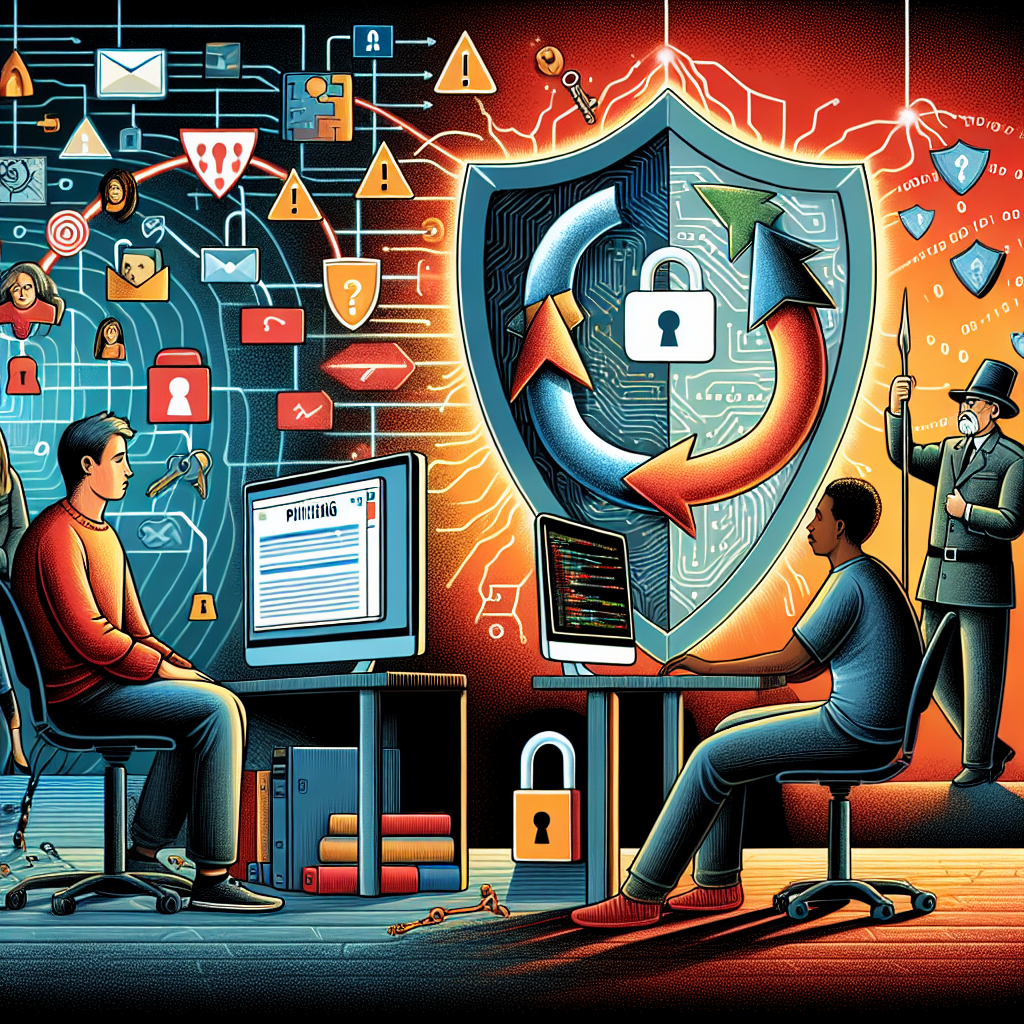Introduction
In today’s digital environment, phishing attacks have become one of the most prevalent cybersecurity threats. With a staggering rise in incidents worldwide, building a culture of cyber resilience is more crucial than ever. This article discusses how organizations can transition from mere awareness to actionable steps in combating phishing threats.
The Phishing Epidemic
Phishing is the practice of fraudulently obtaining sensitive information by impersonating a trustworthy entity in electronic communication. The consequences of a successful phishing attack can be devastating, leading to financial loss, data breaches, and reputational damage.
Statistics to Consider
| Year | Phishing Attacks Reported | Percentage Increase |
|---|---|---|
| 2019 | 1.5 million | – |
| 2020 | 2.1 million | 40% |
| 2021 | 3.5 million | 66% |
| 2022 | 4.7 million | 34% |
Understanding Phishing Methods
To effectively combat phishing, employees must understand the various methods used by attackers. These include:
- Email Phishing: Malicious emails designed to look like they are from legitimate organizations.
- SMiShing: Text message phishing that often directs users to fraudulent websites.
- Vishing: Voice phishing carried out over the phone.
From Awareness to Action
While awareness of phishing is a crucial first step, action is needed to ensure a resilient cybersecurity culture. Here’s how organizations can bridge the gap:
1. Training Programs
Regular training sessions are essential for educating employees about phishing threats. Here are some key elements for effective training:
- Interactive modules that engage employees.
- Regular updates on phishing trends.
- Simulated phishing attacks to test knowledge.
2. Reporting Mechanisms
Empower employees to report suspicious emails or messages easily. Implementing an effective reporting mechanism can include:
- Easy-to-use reporting buttons in email clients.
- Clear procedures for reporting potential attacks.
- Anonymous feedback options to ensure comfort when reporting.
3. Strong Security Policies
Developing and enforcing comprehensive cybersecurity policies is crucial. Key components include:
- Multi-factor authentication for access to sensitive data.
- Regular password updates and guidelines.
- Clear data-sharing protocols to minimize risk.
4. Continuous Adaptation
Cyber threats are constantly evolving, and so must your defenses. Consider the following:
- Regularly review and update security policies.
- Stay informed about the latest phishing tactics.
- Incorporate employee feedback to improve security measures.
Conclusion
Building a culture of cyber resilience against phishing requires a dedicated effort encompassing awareness, action, and continuous improvement. Organizations must commit to training, reporting, and adapting policies to create an environment where employees feel empowered and equipped to combat phishing threats. Only then can they effectively protect their assets and maintain their reputation in the digital landscape.
FAQs
1. What is phishing?
Phishing is a cyber attack that involves deceptive communications, chiefly through email, to trick individuals into revealing sensitive information, such as passwords and credit card numbers.
2. How can I recognize a phishing email?
Look out for poor grammar, misspellings, generic greetings, and suspicious links. Always hover over links to see the actual URL before clicking.
3. What should I do if I receive a phishing email?
Do not click any links or download attachments. Report the email to your IT department or use the designated reporting mechanism in your organization.
4. Why is multi-factor authentication important?
Multi-factor authentication adds an extra layer of security, requiring not just a password but also a second form of identification, making it harder for attackers to gain unauthorized access.
